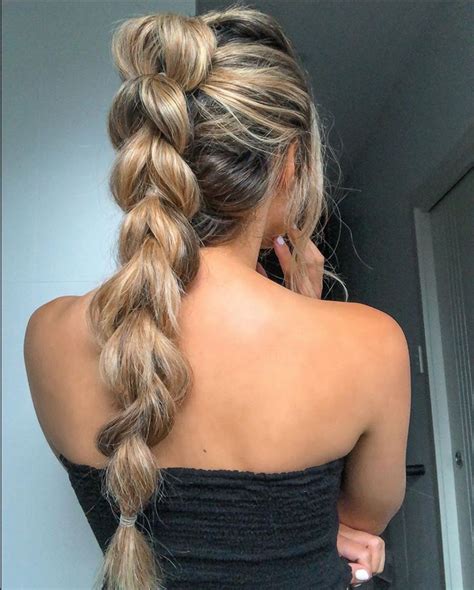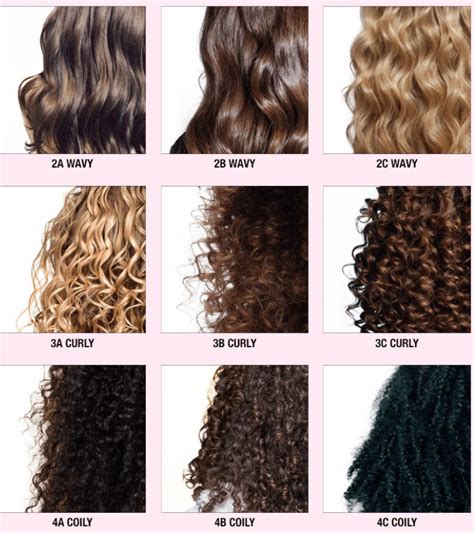Curly hair is a beautiful and versatile hair type, but it can also be challenging to manage. With so many different types of curls, it’s important to understand your own curl pattern in order to find the right products and styling techniques.

Understanding Your Curl Pattern
The first step to managing curly hair is to understand your curl pattern. Curl patterns are classified into three main types:
- Type 2: Wavy hair
- Type 3: Curly hair
- Type 4: Coily hair
Within each of these main types, there are three subcategories:
- A: Loose curls or waves
- B: Medium curls or waves
- C: Tight curls or waves
To determine your curl pattern, simply look at your hair when it is dry and unstyled. If your hair is straight or has loose waves, you have Type 2 hair. If your hair has medium curls, you have Type 3 hair. And if your hair has tight curls or coils, you have Type 4 hair.
The Different Types of Curly Hair
Once you know your curl pattern, you can start to explore the different types of curly hair. Here is a breakdown of the 22 most common types of curly hair:
Type 2A: Loose waves that are barely noticeable.
Type 2B: More defined waves that are S-shaped.
Type 2C: Loose curls that are more defined than waves but not as tight as ringlets.
Type 3A: Loose curls that are bouncy and well-defined.
Type 3B: Medium curls that are more defined than Type 3A curls and have a springy texture.
Type 3C: Tight curls that are corkscrew-shaped and have a lot of volume.
Type 4A: Coils that are S-shaped and have a lot of volume.
Type 4B: Coils that are zigzag-shaped and have a cottony texture.
Type 4C: Coils that are tightly coiled and have a wiry texture.
Managing Curly Hair
Managing curly hair can be a challenge, but it’s important to remember that every curl pattern is beautiful. With the right products and styling techniques, you can embrace your curls and style them in a way that makes you feel confident.
Here are a few tips for managing curly hair:
- Use the right products. Curly hair needs products that are designed to hydrate and define curls. Look for products that contain ingredients like shea butter, coconut oil, and jojoba oil.
- Avoid over-washing. Curly hair is naturally dry, so over-washing can strip it of its natural oils. Aim to wash your hair 2-3 times per week, or less if possible.
- Condition regularly. Curly hair needs extra moisture, so it’s important to condition regularly. Use a deep conditioner once or twice per week to help hydrate and detangle your hair.
- Detangle gently. Curly hair is prone to tangles, so it’s important to detangle gently. Use a wide-toothed comb or a detangling brush to remove knots and tangles.
- Style with care. Curly hair can be styled in a variety of ways, but it’s important to use products and techniques that are designed for curly hair. Avoid using harsh styling products or heat styling tools, as these can damage your curls.
Benefits of Curly Hair
Curly hair has many benefits, including:
- Volume: Curly hair has a lot of natural volume, so it can be styled in a variety of ways to create different looks.
- Texture: Curly hair has a unique texture that can add interest and dimension to your look.
- Versatility: Curly hair can be worn in a variety of styles, from sleek and sophisticated to wild and carefree.
Curly Hair Myths
There are a lot of myths about curly hair, including:
- Myth: Curly hair is difficult to manage.
- Truth: Curly hair can be managed with the right products and styling techniques.
- Myth: Curly hair is always frizzy.
- Truth: Curly hair can be frizzy, but there are products and techniques that can help to reduce frizz.
- Myth: Curly hair is only for women.
- Truth: Curly hair can be worn by men and women of all ages and ethnicities.
Conclusion
Curly hair is a beautiful and versatile hair type. With the right products and styling techniques, you can embrace your curls and style them in a way that makes you feel confident. So don’t be afraid to experiment with different styles and products until you find what works best for you.
